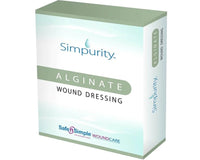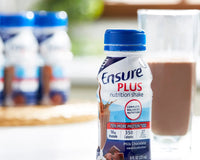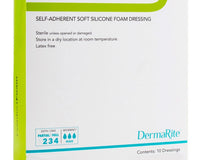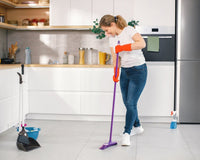Walking boots are a specialized type of shoe that have important medicinal applications. A walking boot can help tremendously whether you have injured your ankle, broken your leg, torn a tendon, or are experiencing muscular imbalances.
Why Do You Need a Walking Boot?
Injuries to the foot or leg often necessitate the use of protective footwear, such as walking boots, which offer superior support and stability for the foot and ankle. They are designed to give your foot more support as you walk. The boot will either cover your ankle or reach your knee, depending on your leg length. You'll connect it to your leg with a sequence of three to five straps.
A walking boot also provides stability as the foot heals. You can use it to keep your weight off a healing toe or other affected region. The majority of boots have two to five straps that may be adjusted to sit about midway up the calf.
One of its main functionalities is to support your weight while you wear it on your wounded foot. The walking boot stabilizes the foot while the injury heals, allowing you to maintain your current routine.
How Do You Put It On?
You should take a seat before attempting to put it on. Put your heel all the way back in the boot. After that, you'll need to cinch the upper of the boot around your calf and foot. Start at the toes, and don't overdo it with the tightening. It's a good idea to check in on your foot frequently since red or swollen toes could indicate that the boot is too snug. Take a deep breath and relax your foot.
Does a Walking Boot Necessarily Prevent the Use of Crutches?
Putting on a walking boot can help alleviate pain by reducing the load on your damaged foot. Since the legs are the body's primary shock absorbers, crutches are not necessary to prevent further damage, but a walking boot or other assistive devices may be necessary. When on your feet for extended amounts of time, it is reasonable to rely on a walker, cane, or wheelchair. It's important to talk to your doctor about your specific situation and take their advice to heart if you don't want to re-injure yourself.
Putting on a pair of walking boots will feel strange at first. When stepping out in the boot, watch out for any changes in the ground. The wet or snowy ground may make the boot even more dangerous for those who find it slippery, to begin with. You can also experience a minor decrease in mobility if you walk on grass or in mud.
What Are the Other Things I Should Know About Walking Boots?
Frequent foot and toe checks are a must. Take a look at your toes and feet to see whether they are red or swollen. If your toes are getting hot, swollen, numb, or tingly, release some air from the chamber or adjust the straps. Post-operative or injury-related edema typically subsides after some time has passed. The straps may need to be adjusted if this occurs.
To clean the liner, just do as directed. Take out the liner and hand wash it in cold water with a light detergent. Neither a washer nor a dryer should be used. Lay the lining flat to dry. Use a moist towel and some mild soap to clean the plastic components.
Inquire about getting the boot taken off so you can shower and do stretching exercises. It's possible that you'll need to keep the boot on while you shower. Wrap a plastic bag around your leg and tape it shut to conceal it.
Conclusion
Indeed, it is evident that the walking boot is a crucial device for those suffering from lower leg injuries. By immobilizing the foot and ankle, it allows the injured area to heal properly. Additionally, the walking boot protects the injured area from further damage and provides support and stability. Following your doctor's instructions when wearing a walking boot is important, as improper use can delay healing or cause further injury.
If you are looking for a great source of high-quality medical supplies online, like the ProCare Nextep Walker Boot, look no further than our product selections here at Cart Health. We are here to make it easier for you to find the products you need at prices you can afford, providing custom-tailored product suggestions to help you live your life. Check out our “Shop All” section for a complete list of all our medical care products and their prices.









